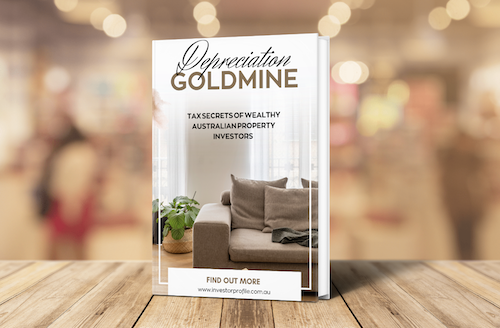Financing Co-Living Properties in Australia: Banks vs. Specialist Lenders
Co-living investments deliver attractive rental yields and strong potential for long‐term capital growth. However, securing finance for these types of properties often means navigating non-traditional lending routes. In Australia, traditional banks are tightening their lending criteria for co-living assets, paving the way for specialist lenders to offer more tailored alternatives.
Key Financing Options for Co-Living Properties
1. Specialist Lenders
Examples: Granite Home Loans, HSD Finance, Rooming House Finance, TMMC.
Loan Types:
- Construction Loans: Financing available up to $3M with a 15‐month interest‐only period.
- Established Property Loans: Up to $3M with 60‐month interest‐only terms.
- NDIS-Compliant Co-Living: Loan amounts of up to 80% LVR for Specialist Disability Accommodation properties.
Features:
- Offset accounts available after construction
- Flexible repayment options (weekly, fortnightly or monthly)
- Commercial-style valuation required (approx. $3,000 fee)
2. Loan Structures and Ownership
- Loan to Value Ratio (LVR): Typically up to 80% for standard co-living configurations.
- Security:
- Residential title for properties with 6 or fewer bedrooms
- Commercial classification for properties with 7–12 bedrooms
- Ownership Models:
- Individual, trust, or company ownership
- Co-borrowing setups with tenants-in-common (often requiring cross-guarantees)
3. Challenges with Traditional Banks
- Classification: Banks often treat co-living as a commercial investment, resulting in stricter lending criteria.
- Valuation Hurdles: Projected rental incomes (e.g. $1,500/week) might be under-recognized, affecting the approved loan amount.
- Documentation: Requires full income verification over 2+ years with a minimum credit score generally around 600.
4. Alternative Financing Strategies
- Equity Access: Utilize your home equity to fund the property, potentially avoiding large upfront cash contributions.
- Government Incentives: NDIS-related properties could benefit from inflation-indexed subsidies.
- Joint Ventures: Partner with other investors to combine capital and share risk effectively.
Critical Considerations for Investors
- Regulatory Compliance: Check for local council requirements for property conversions or larger dwellings.
- Cash Flow Analysis: Lenders focus on proven rental yields, which often range from 7% to 16%.
- Broker Expertise: Engaging a niche mortgage broker can help navigate complex lender requirements and optimize your finance package.
Specialist Lenders vs. Traditional Banks
| Feature | Specialist Lenders | Traditional Banks |
|---|---|---|
| Maximum LVR | Up to 80% | 60–70% (when classified as commercial) |
| Valuation Method | Commercial appraisals | Residential comparables |
| Loan Terms | Up to 30 years | Tend to be shorter or less flexible |
| Rental Income Assessment | Full income is taken into account | Often based on discounted income projections |
| Approval Speed | Generally faster and more adaptive | Slower with more stringent criteria |
Final Thoughts
Financing co-living properties requires a strategic approach. While traditional banks impose significant hurdles, specialist lenders provide flexible financing solutions that support high-yield investments and NDIS-approved housing. It is crucial for investors to weigh their financial objectives against these options and seek expert advice to find the most suitable pathway.

Discover the #1 tax secret wealthy Australian property investors use to grow their portfolios faster — even in a high interest rate environment.
- Learn how to turn wear and tear into wealth
- See real examples of $15,000+ first-year deductions
- Understand how to structure your purchases for maximum after-tax ROI
Download Your Free Wealth Building Guide
This ebook reveals how to legally slash your tax bill while building long-term wealth through property. Learn the strategies savvy investors use to gain an edge — even before settlement.
- Maximise tax deductions and improve cash flow
- Understand Division 40 vs 43 and how to claim both
- Position yourself to reinvest and scale faster
Ready to explore the best financing strategy for your investment? Begin your journey at chat.investorprofile.com.au.


